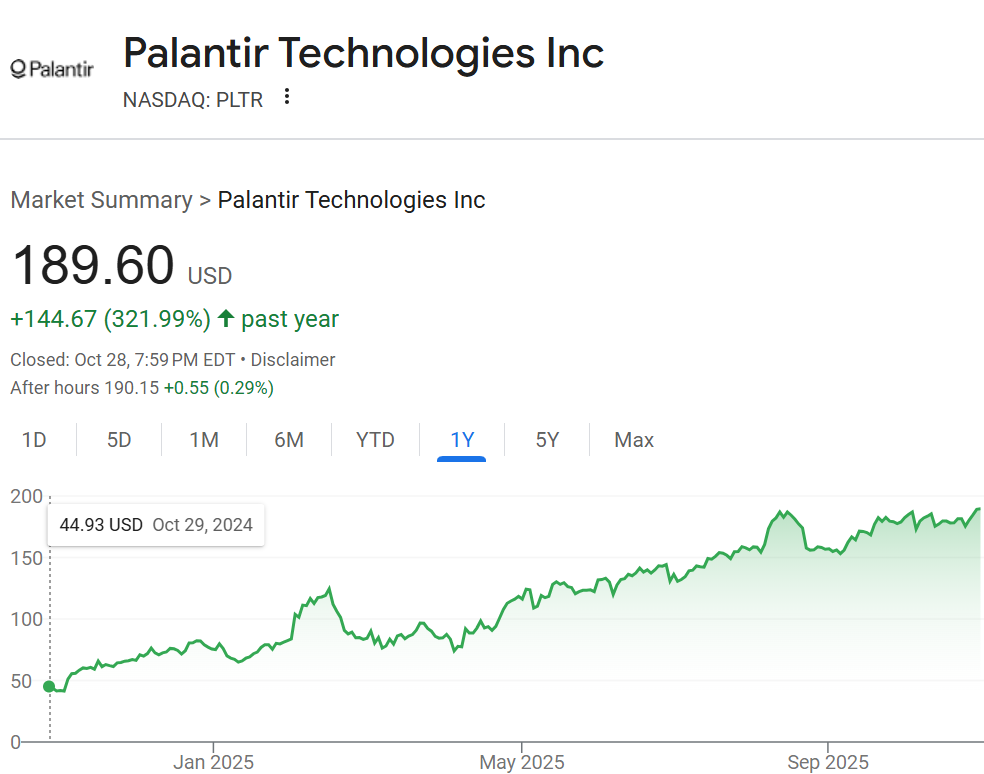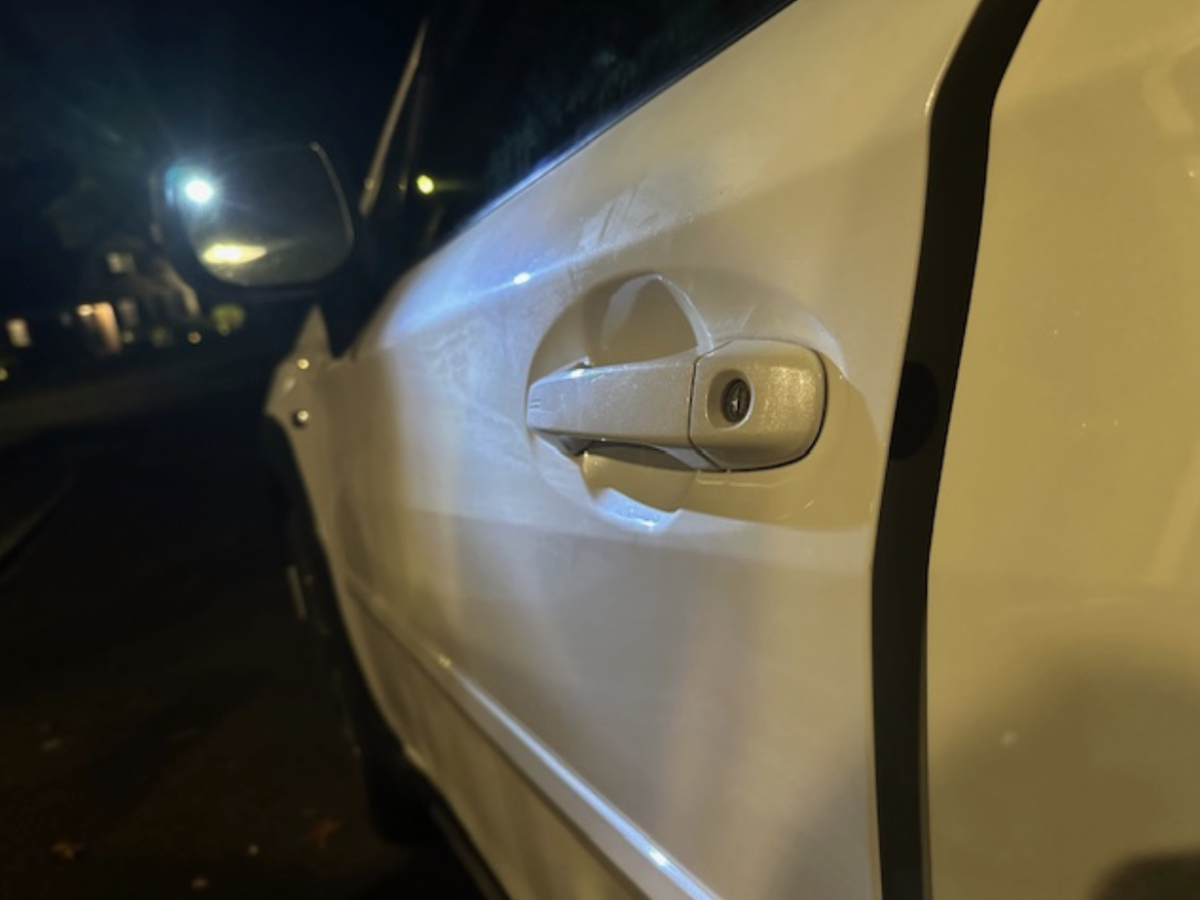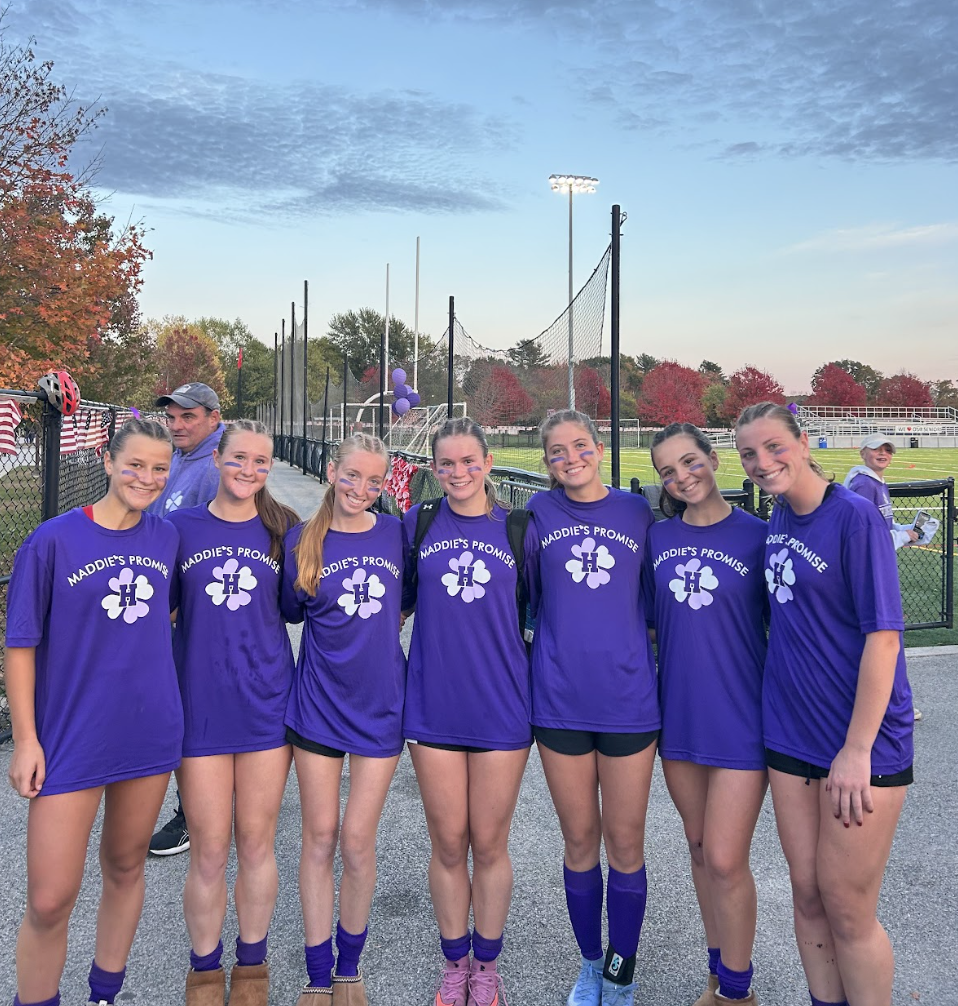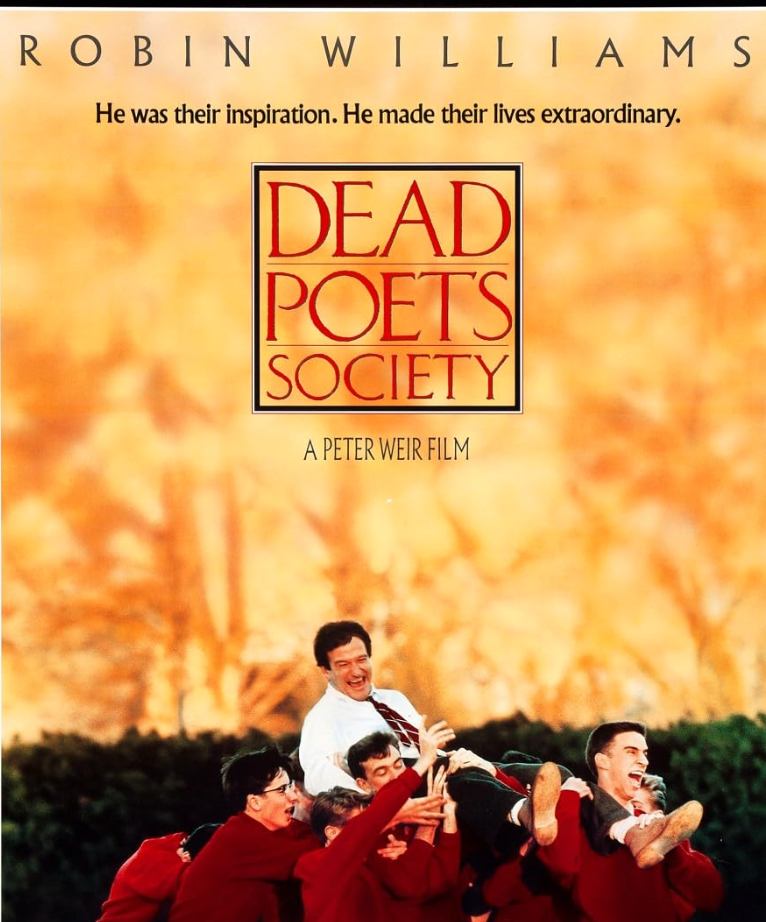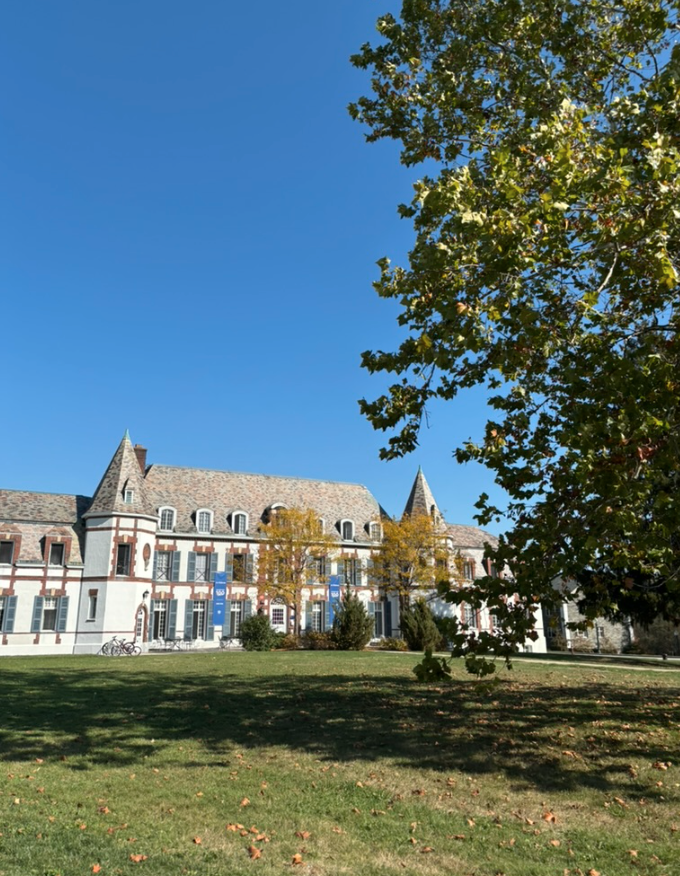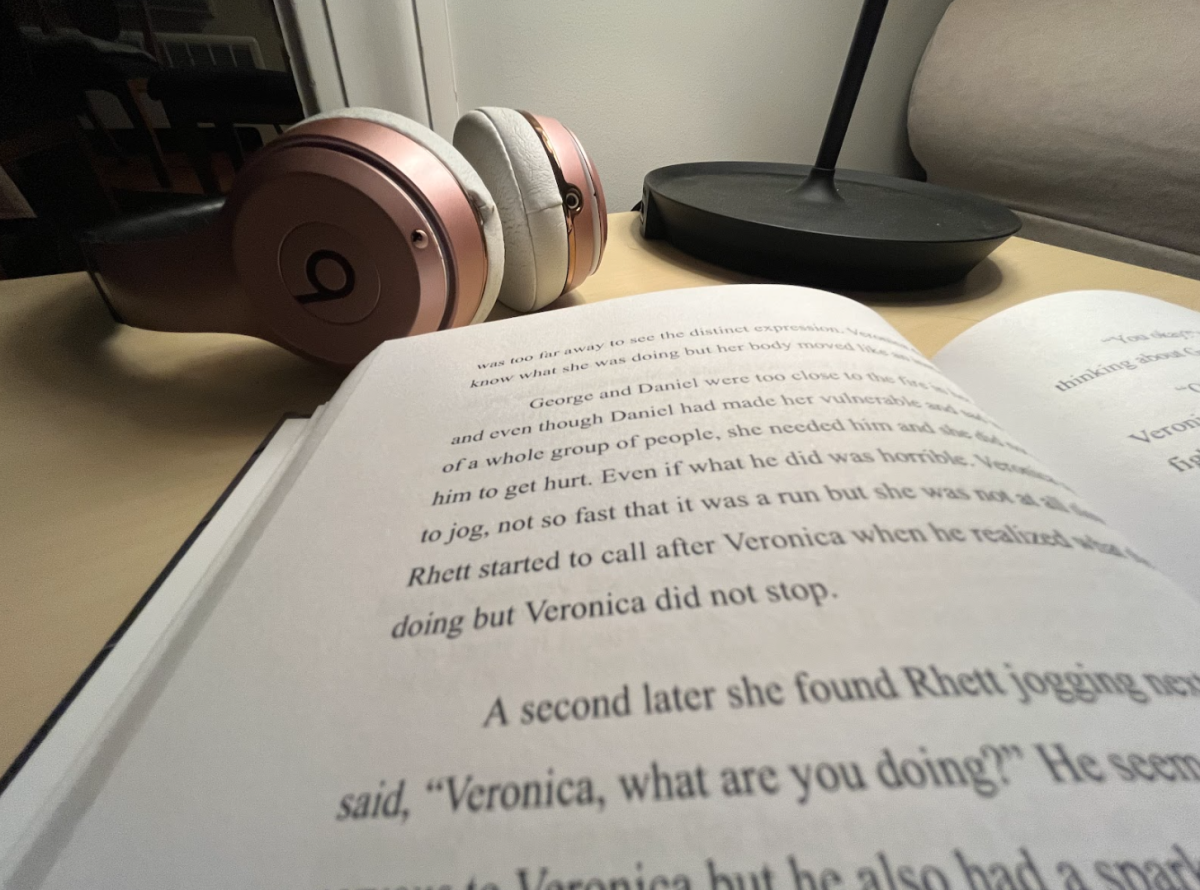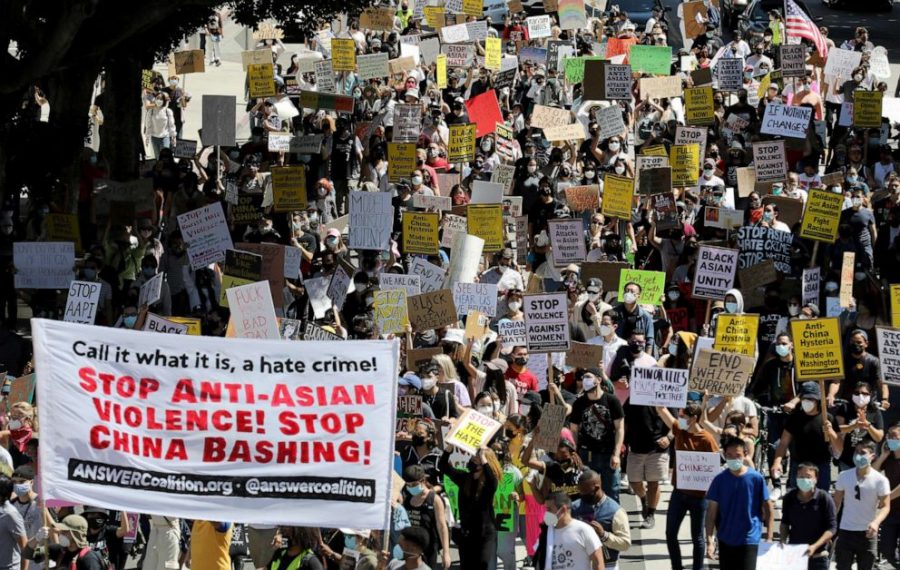The Long History of anti-Asian Racism in the US: HHS Students Weigh In
A large crowd gathers to protest anti-Asian violence and racism on March 27, 2021, in Los Angeles.
April 19, 2021
Since the beginning of the coronavirus pandemic, the Asian American community has experienced a sharp increase in hate crimes; indeed, one report found that anti-Asian hate crimes increased by more than 150% during 2020. In fact, the advocacy group Stop AAPI said that it received more than 2,800 reports of hate incidents directed at Asian Americans in the past year. It received an additional 3,800 reports from February 28th to March 19th of this year. Almost 100 of those happened in Massachusetts.
Because COVID-19 originated in Wuhan, China, the Asian American community became a scapegoat for the pandemic in the United States. As a result, many Asian Americans experienced a large increase in racism with many perpetrators using the coronavirus pandemic as the basis for attacks. Additionally, inflammatory rhetoric from leaders like former president Donald Trump has encouraged this division. Yet nationwide, the rise in anti-Asian sentiment and hate crimes was unknown to many: although the Black Lives Matter movement brought national awareness to racism towards African Americans, the issue of racism towards Asian Americans received much less media coverage during 2020.
At Hingham High School, though students were quick to show their solidarity with the Asian American community, the lack of information about hate crimes against Asians was very apparent.
Junior Charlotte Andrews explained, “I was so shocked to hear the statistics regarding hate crimes against Asian people, and I initially assumed these numbers couldn’t be true.”
Ella Niehoff, also a junior, concurred, saying, “I’m not too familiar[ with] the recent hate crimes against Asians. However, I don’t like to hear that Asians are being discriminated against. I understand that organizations like BLM can sometimes forget that other races are being discriminated [against] as well.”
Junior Cian Nicholas agreed, saying, “I’m not all that informed on this current uptick in violence against Asian Americans other than it being horrible and infuriating.”
Indeed, although many Asian elders were wrongfully attacked and even murdered for months, it wasn’t until a white man “went on a rampage” that hate crimes against Asian Americans received greater attention. The shooter murdered eight people, six of whom were Asian American women, at three Asian-owned spas in the Atlanta, Georgia metropolitan area on March 16, 2021.
In the wake of the shooting, one senior noted that “Honestly, I had not heard much about the hate crimes against Asians until very recently and I feel bad that I didn’t. These horrible actions are not recognized as much as they should be.”
Though the shooter continues to deny that his actions were racially motivated, many commentators have characterized the attacks as a hate crime, noting the recent increase in anti-Asian sentiment and xenophobia in the US. In the aftermath of the tragedy, protesters across America have called for an end to anti-Asian violence, and many also pushed prosecutors to charge the murders as a hate crime.
Still, some people refused to classify the massacre as racially motivated. Others have minimized its severity; Cherokee County Captain Jay Baker infamously said that the gunman was simply having a “bad day” when he murdered the eight people. Baker was criticized widely on social media and was promptly dismissed from the case, but he was far from the only person whose rhetoric inspired anger and frustration.
Junior Kate Schembri expressed her disappointment, saying, “What has struck me as extremely disturbing [was] … the terminology used by popular media outlets covering these atrocious hate crimes. Rather than labeling perpetrators of discriminatory violence as ‘supremacists’ or ‘domestic terrorists,’ the term ‘shooter’ has been used repeatedly in headlines, drawing attention away from the criminal and shifting the blame in a sense. If news coverage continues to be this vague and refrains from specifically exposing the criminals as the true, hateful terrorists that they are, society will continue to be ignorant towards today’s Anti-Asian hate crimes.”
Indeed, the way we speak about violence matters deeply, and the gunman’s claim that the spas were a “temptation” that he needed to remove is packed with history, prejudice, and significance. Many experts have traced the shooter’s statement back to the 1875 Page Act, one of the first federal restrictions on immigration to the US. On paper, it prevented women from China, Japan, “or any Oriental country” from entering the US for “lewd and immoral purposes,” i.e. prostitution. But in reality, the legislation barred the entry of almost all Asian women, who were collectively labeled sex workers or prostitutes.
As the US reexamines the racism embedded in its past and present, it is clear that racism against Asians in America is not new. In fact, the rise in hate crimes against Asian Americans as a result of the COVID-19 pandemic only reveals the long history of racism against Asians in America. From federal policies such as the Chinese Exclusion Act and the creation of Japanese internment camps to post 9/11 hate crimes and military aggression in Vietnam and Cambodia, the US has treated Asian Americans differently for centuries. Experts agree that all of these pieces of history, no matter how distant, have contributed to a perpetual “othering” of Asian Americans that paints them as less “American” than their white compatriots.
Chinese Immigrants During the Gold Rush and the Chinese Exclusion Acts
After gold was discovered in California during the 1840s, 25,000 Chinese people had immigrated to the “Gold Mountain” (the Chinese translation of San Francisco literally means “gold mountain”) by 1851, making up one-fifth of the population in the mining community. These immigrants worked grueling jobs in mines, factories, and (most notably) rail construction, often doing the difficult work that American laborers preferred not to do. Following the completion of the transcontinental railroad, Chinese immigrants found other jobs including agricultural and factory work, and many became very successful entrepreneurs. As the number of Chinese laborers increased, anti-Chinese sentiment increased as well. This resulted in violent racist attacks where Chinese immigrants were forced out of business, run out of town, beaten, tortured, lynched, and massacred without any hope for justice.
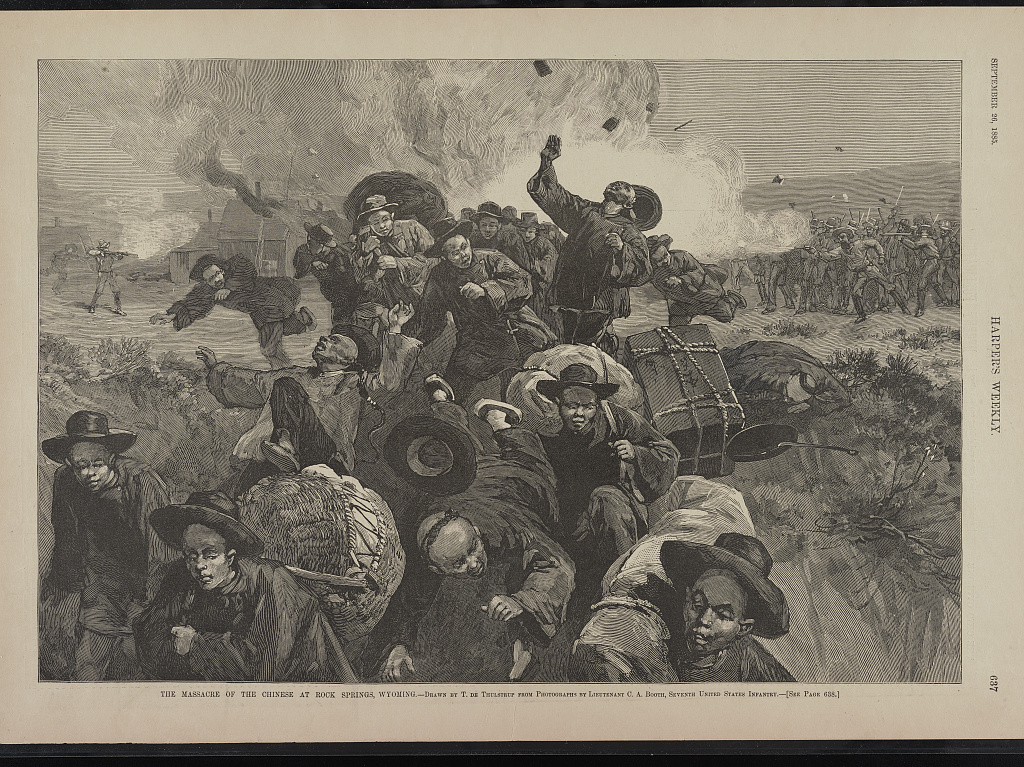
Additionally, the state of California imposed a Foreign Miners Tax directed at Chinese miners and expanded the law that prohibited African Americans and Native Americans from testifying in court to include Chinese people as well. Regardless of the fact that Chinese miners paid more than five million dollars in taxes through the Foreign Miners Tax in 1870, Congress enacted the Chinese Exclusion Acts in 1882, prohibiting Chinese immigrants from entering the United States. The Chinese Exclusion Acts are the only American law in history to specifically ban a certain group from immigrating to the country. It was only until 1943 when the Chinese Exclusion Acts were repealed and only for the purpose of boosting the morale of China (a wartime ally of the US) during World War II.
Japanese Internment Camps during World War II
Following the Japanese attack on Pearl Harbor on December 7, 1941, which prompted the United States’ full involvement in World War II, President Franklin Roosevelt issued Executive Order 9066. As a result, many Japanese Americans on the West Coast of the US were subjected to internment camps which the government called “relocation centers.” Over the course of the war, the FBI had identified German, Italian, and Japanese people as potential enemy agents. However, while the language used in Executive Order 9066 did not specify any ethnic group, the military (which carried out the Order) only imposed curfews, voluntary evacuations, and then forced evacuations and detentions against Japanese Americans. “We want to keep this a white man’s country,” Idaho’s Attorney General Bert Miller declared in support of the Order. “All Japanese [should] be put in concentration camps for the remainder of the war.” Clearly, Executive Order 9066 was racially motivated.
While some argue that the Japanese were primarily targeted because of the growing anti-Japanese hysteria, those who urged President Roosevelt to pass Executive Order 9066 most likely used the anti-Japanese hysteria as an excuse to target Japanese people on the basis of race. All Japanese on the Pacific coast (over 127,000) were targeted and forced to leave their property within a few days before they were sent to the internment camps. More than 70,000 were American citizens, and there was no concrete evidence that the Japanese Americans (many of them born and raised in the United States as American citizens) were aiding Japan. Having been forced into the internment camps, many Japanese lost most of their private belongings forever. They were forced to live in the poor conditions of the internment — with little clothing and possessions and four or five families per tar-papered army-style barracks — for more than three years or until the war ended.

In 1988, the United States government attempted to apologize for Executive Order 9066 by awarding each surviving Japanese American who had been forced into the internment camps $20,000. However, the actions allowed by Executive Order 9066 were an obvious excuse for an ulterior racist motive, primarily targeting Japanese Americans without ample evidence.
The Model Minority Myth
After World War II, Asian Americans were subject to the Model Minority Myth as a result of a great trend in upward mobility. Between 1940 and 1970, Asian Americans not only surpassed African Americans in average household earnings but also closed the wage gap with white Americans. As a result, newspapers and the media began to glorify Asian Americans as high-achieving, industrious, and law-abiding citizens “who kept their heads down and never complained.” This implied that racism against Asians decreased because they “proved themselves” by being hard-working, ambitious people. Further, while stories of successful Asians were elevated, stories of less successful Asians were diminished and erased. Effectively, the Asian American narrative was reduced to the Model Minority Myth. During the Civil Rights Movement in the 1960s, many white Americans who didn’t support the movement also further invested in the Model Minority Myth, using the positive image of a hard-working, high-achieving Asian as a way to deny the demands of African Americans.
However, Asian Americans did not achieve such great upward mobility through hard work and industriousness, at least not in the way people are led to think. As Brown University economist Nathaniel Hilger describes, “The widespread assumption is that Asian Americans came to the United States very disadvantaged, and they wound up advantaged through extraordinary investments in their children’s education.” However, while the Chinese Exclusion Acts stopped the immigration of low-skilled Chinese labor after the widespread negative stereotypes of bad and immoral Asians, new immigration laws passed after World War II only allowed Asians with “certain skills” to immigrate to the United States. In other words, the Asians that were allowed to immigrate to the United States were only granted the right to immigrate because they had proved to be hard-working and high achieving. Through the end of the 1900s and into the 21st century, these immigration rules also prompted an influx of Asian students and scholars who valued high academic achievement. These Asian immigrants make up most of the Asian population in the United States today. As a result of these merit-driven immigration rules and practices, most Asians that ended up in the United States were high achieving.
While many Asians in the United States are high achieving (Asian American high school students have the highest mean SAT score and college enrollment rates when these statistics are compared by race), the Model Minority Myth is particularly dangerous because it limits Asians to a singular narrative where they are expected to be high-achieving, compliant, model citizens. This stereotype causes mental health problems among Asian American and Pacific Islander teenagers to be greatly overlooked. In fact, Asian Americans and Pacific Islanders between the ages of 15 and 24 have the highest rate of suicide deaths. The myth also invalidates the experiences of economically disadvantaged Asian Americans, ignoring that Asian Americans experience the largest income gap of any ethnic or racial group in the US.
In addition to forcing Asians to comply with a difficult stereotype, the Model Minority Myth also pits the Asian American and African American communities against each other. The Model Minority Myth serves as a tool of white supremacy to paint Asian Americans as “direct contrasts” to African Americans, who have been struggling against centuries of oppression rooted in slavery. This allows white supremacy to divide both communities by making it hard for either community to find solidarity with the other. For Asians, as writer Frank Chin observed in 1974, “Whites love us because we’re not black.”
Additionally, the Model Minority Myth also pushes the expectation that Asian Americans must and will take racist remarks without complaining. This has prompted racist stereotypes and slurs (including the dog eating stereotype and the racist use and appropriation of “slant eyes” among others) to be greatly overlooked. Because these were so overlooked, the rise in racism and hate crimes were widely overlooked in the same way.
Dismantling and rejecting the Model Minority Myth means dismantling the idea that Asian Americans by nature are hard-working and African Americans are the opposite. In other words, dismantling the Model Minority Myth means rejecting any singular narrative that defines a group. While Asian Americans may continue to be high achieving, it is also important to note that a large part of the Asian American community makes up the very bottom of wealth distribution while others make up the very top. Further, behind every high-achieving Asian are passions that lie far beyond the academic arena, especially athletic, political, and other aspirations and interests. Additionally, because many Asian cultures greatly value the well-being of elders, the increase in hate crimes particularly against Asian elders will not result in any form of complacency from the Asian American community but whole-hearted action against the Model Minority Myth and white supremacy.
Modern Manifestations and Hope for the Future
These deeply rooted sentiments were exacerbated by the pandemic, during which Trump repeatedly called Covid-19 the “China Virus” and implied that China was directly responsible for the pandemic.
Schembri expressed her frustration with this rhetoric, saying, “I am also displeased at the allowance of Donald Trump’s anti-Asian rhetoric on FOX News the other night. Following such horrendous acts, the former president should have directly condemned these actions and encouraged his avid supporters to do the same. However, Trump continued using his discriminatory language publicly, which will promote his followers to adopt an anti-Asian mentality and contribute to discrimination. Because Trump is someone with a large platform and the ability to make a huge impact on the beliefs of millions, I am so beyond disappointed, yet unfortunately not surprised, by his detrimental actions.”
In response to the Atlanta shooting and the year-long increase in anti-Asian sentiment, local non-profit leaders from across Massachusetts hosted a statewide town hall to open a dialogue about the xenophobia and prejudice that has spread alongside Covid-19. More than 2,000 people joined the Zoom Webinar, and another 400 watched over Facebook. To ensure that the event was accessible to all, interpreters translated the Webinar into Spanish, Cantonese, Chinese, and Vietnamese.
The town hall began with land acknowledgment and a moment of silence for the eight victims of the Atlanta shooting. It also featured numerous guest speakers, including poet Tamiko Beyer and Joyce Kao, a member of ATASK who shared her experiences working with victims of domestic violence who have recently immigrated to the US. The speakers highlighted the fear they personally feel as Asian-Americans, the importance of intersectionality, and the specific impacts that anti-Asian sentiment has had on Boston.
Hingham students echoed these sentiments in their own conversations about the rise in anti-Asian sentiment. Junior Ella Kennedy stressed the importance of intersectionality between race and gender, saying, “I think it’s significant to note that the majority of the recent attacks have been specifically against Asian American women, as the [lack of] intersectionality between race and sex makes Asian American women appear to be easier targets for these types of attacks and discrimination.”
At the conclusion of the town hall, the organizers offered participants an extensive list of resources to promote continued engagement and learning. They also expressed their hope that, with sustained support from Americans nationwide, the US could change the narrative surrounding anti-Asian violence. While continuing to show their solidarity with the Asian American community, many Hingham High School students also shared their thoughts and hopes for change.
“I think the recent rise in hate crimes against Asians is very disturbing and something that needs to be addressed seriously, starting with [using the Asian community as a scapegoat] for the [spread of the] Coronavirus … and continuing to use that as an excuse to make derogatory remarks,” said Ashley Jewell, a junior. “Hate crimes are serious and it feels like they aren’t being taken that way right now. I hope in the near future more people can be educated as to why this discrimination is wrong and needs to be challenged.”
Junior Dominic Kanter believes that each individual can take the first steps towards change by evaluating their own behavior. “I believe these attacks reflect really poorly on America as a country,” he said. “While it is important that high profile individuals speak out against these hateful acts it is also up to each individual to ensure that the harmful stereotypes which have led to many of these attacks do not continue to spread.”
Junior Luke Macdonald shared his optimism for positive change. “I think the recent rise in hate crimes against Asians is awful, but I also believe there is hope due to the prayers and support of people attempting to eliminate it from our society,” he said. “We need to continue these efforts and push back against these horrible crimes.”
Nicholas highlighted the urgent need for change. “Though, following the events surrounding the pandemic, it’s a predictable phenomenon given the widespread ignorance in our country and it makes educating the masses on tolerance an even greater imperative because as we wait for progress Americans are now being murdered,” he said.
In the wake of the April 15th FedEx shooting, which took place just a month after the Atlanta Spa shooting, these words ring especially true. The attack left nine dead and seven injured; it particularly devastated the Indianapolis Sikh community, as four of its members were killed by the gunman. The Sikh Coalition, a national advocacy group, has been in touch with local law enforcement and is pushing for a thorough investigation into the shooter’s motives, as well as legislative changes that would better protect minority communities.
As Andrews said, “After the progress made during the recent Black Lives Matter movement, these crimes just prove that as a country, we can’t turn our back on the struggles of people of color, and we can’t achieve success until we advocate for everyone’s equality.”
Additional Resources:
Asian Americans (Documentary by PBS)
The Color of Success: Asian Americans and the Origins of the Model Minority (Book by Ellen D. Wu)
Massachusetts Town Hall on Anti-Asian Racism Resource Guide

